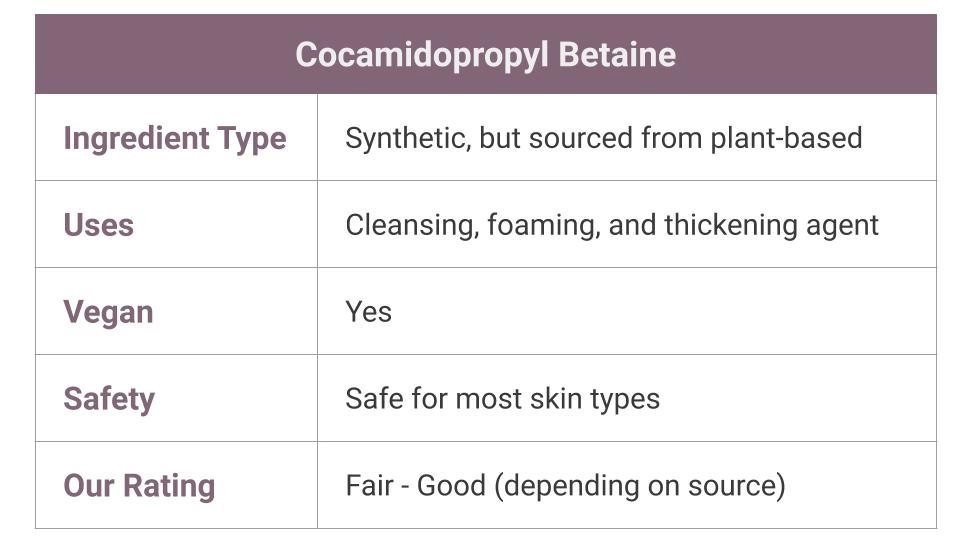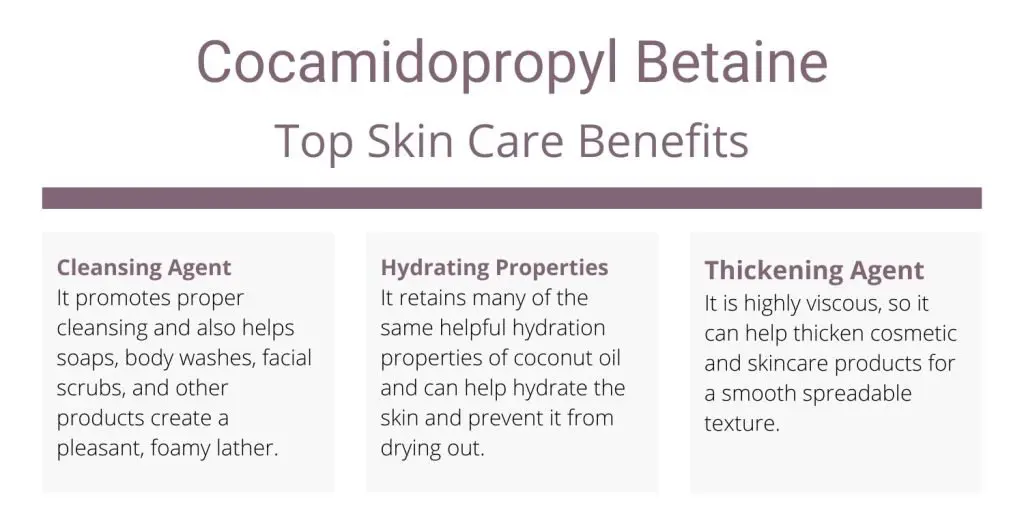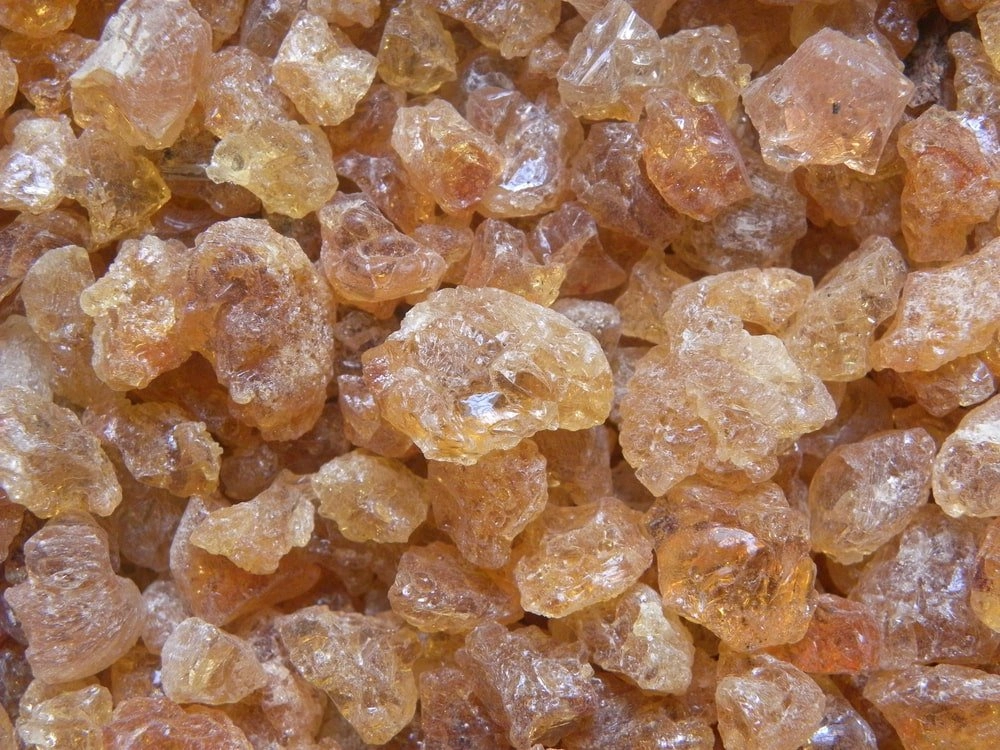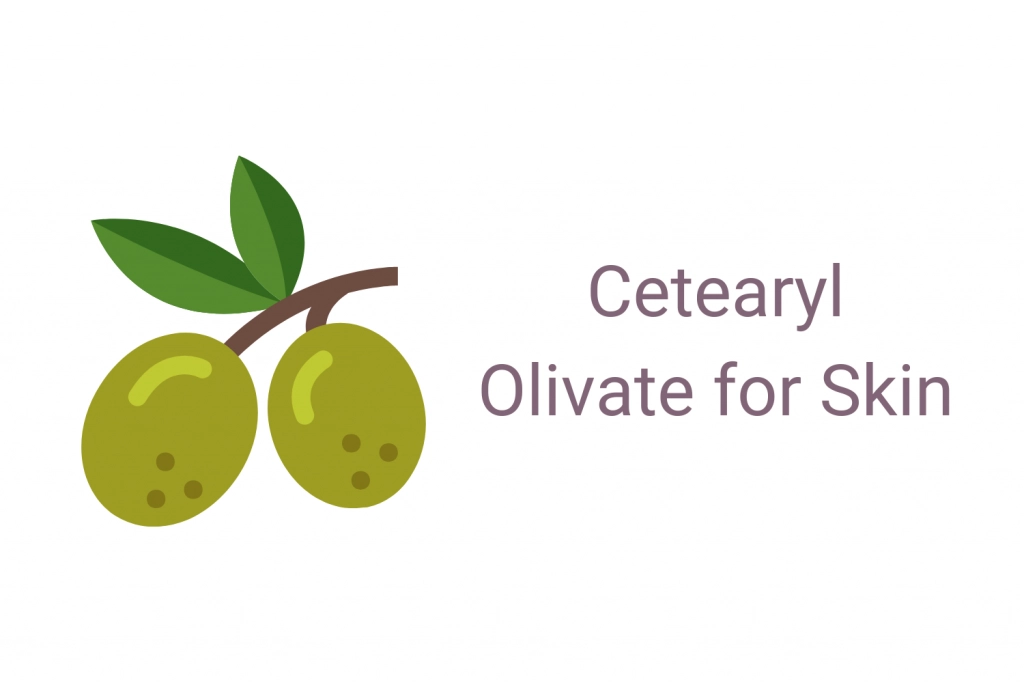When you see long scary-sounding ingredients such as cocamidopropyl betaine in your favorite skincare product, it’s normal to be skeptical. What is it? Is it bad?
This post may contain affiliate links. Read the full disclosure here
This ingredient isn’t perfect but it’s not terrible either. That sounds vague but we’ll explain what we mean.
Learn about the tradeoff and potential side effects from products with cocamidopropyl betaine and why some brands have vowed to keep their products free of this particular ingredient.
What Is Cocamidopropyl Betaine?
Cocamidopropyl betaine (CAPB) is a natural surfactant that’s derived from the mixture of a betaine and coconut oil. This ingredient can be found in a wide range of personal care and skincare products such as toothpaste, face/body wash, soap, shampoo, and shaving cream.
As a surfactant, Cocamidopropyl betaine is able to make water molecules more slippery so that they do not stick together. This enhances the ability of a cleaning product to stick to dirt and oil. Then, when the product is rinsed away, the contaminants (such as dirt and oil) are also rinsed away. This is one of the reasons it is popular in shampoo, face wash, and makeup removers.
Though Cocamidopropyl betaine is created in a synthetic process, it is derived from natural, organic ingredients, so it’s still typically considered to be a “natural” product. However, it can cause some side effects, like other surfactant chemicals, which we’ll discuss later.
Cocamidopropyl betaine is a similar ingredient to cocamidopropyl hydroxysultaine and cocamidopropyl dimethylamine, which is made from a chemical reaction between 3-dimethylaminopropylamine and coconut oil. Many forms of coconut-based ingredients are popular in skincare products.
For instance, cetyl palmitate is another ingredient that is made from coconuts and cetyl alcohol.

Cocamidopropyl Betaine Uses & Benefits In Skincare
Cocamidopropyl betaine for skin has a number of uses and benefits in skincare. It’s one of the fun combo ingredients that helps enhance the texture of products but it also offers direct moisturizing benefits to the skin. It is also helpful in creating that rich foamy later that is appealing in soaps, washes, and shampoos.
- Cleansing agent and promotes lather – It promotes proper cleansing and also helps soaps, body washes, facial scrubs, and other products create a pleasant, foamy lather.
- Hydrating properties – Since it’s derived from coconut oil, cocamidopropyl betaine retains many of the same helpful hydration properties of coconut oil and can help hydrate the skin and prevent it from drying out.
- Thickening agent – It is highly viscous, so it can help thicken cosmetic products and skincare products.

Cocamidopropyl Betaine vs. Coco Betaine
When reading about cocamidopropyl betaine you’ll likely also see it referred to as coco betaine. These two ingredients are very similar but not exactly the same.
Both ingredients are surfactants and they are used in similar applications as noted above. However, coco betaine is manufactured without any synthetics so it can be found in organic product formulations. On the other hand, cocamidopropyl betaine always uses a synthetic process to join coco and betaine (both of which are natural).
Coco betaine isn’t as common as cocamidopropyl betaine but it still can be found, especially in organic and natural formulations. Funny enough, coco betaine has a higher chance of irritating the skin. This is one of many cases where natural isn’t always better.
Is Cocamidopropyl Betaine Vegan?
Yes. Cocamidopropyl betaine is completely vegan since it’s derived from plant-based betaine as well as coconut oil. However, since it’s a relatively common ingredient in skin care and hair care products, it’s present in many non-vegan formulations.
When shopping, make sure to refer to the ingredients list and check with the manufacturer to ensure that a particular product does not contain any animal-derived products.
Is Cocamidopropyl Betaine Safe?
For most people, this ingredient is safe to use in skincare. However, Cocamidopropyl betaine has been found to cause allergic reactions and sensitivities in some individuals, particularly in the eyes, and the American Contact Dermatitis Association called it the “Allergen of the Year” in 2004.
If you have sensitive skin, rosacea, eczema, skin irritation, or eye irritation, it is best to avoid any products with this ingredient.
This is the main reason some brands have opted to keep this ingredient out of their product formulations.
Because the skin around the eyes is particularly thin and sensitive, this is particularly common in products that may run into your eyes in the shower, like shampoo, body wash, face wash, and makeup removers. Closing the eyes can help prevent dermatitis and reactions to this ingredient.
Concerns
A study done in 2012 found that high-grade Cocamidopropyl betaine did not cause allergic reactions. Instead, two impurities called amino amide and 3-dimethylaminopropylamine were the cause of allergic reactions. In other words, it’s the ingredient itself that posed the concern but rather a low-quality source that led to allergic reactions.
High-grade Cocamidopropyl betaine products free of these impurities may be safe to use, but you should still take care when using any product containing this ingredient.
Also pay closer attention to generic and lower priced products that contain this ingredient. When lower quality sources of this ingredient are used it may lead to issues.
Also Known As
Cocamidopropyl betaine for skin is also sometimes referred to by a few other terms. This includes CAPB, 1-propanaminium, hydroxide inner salt. In cleaning products, it’s also sometimes called Cocamidopropyl dimethyl glycine, disodium cocoamphodipropionate, or CADG.




